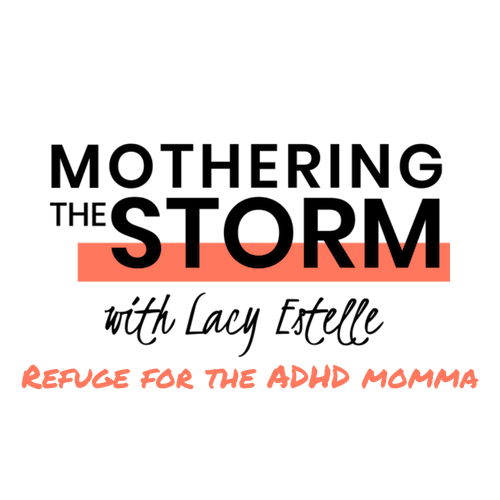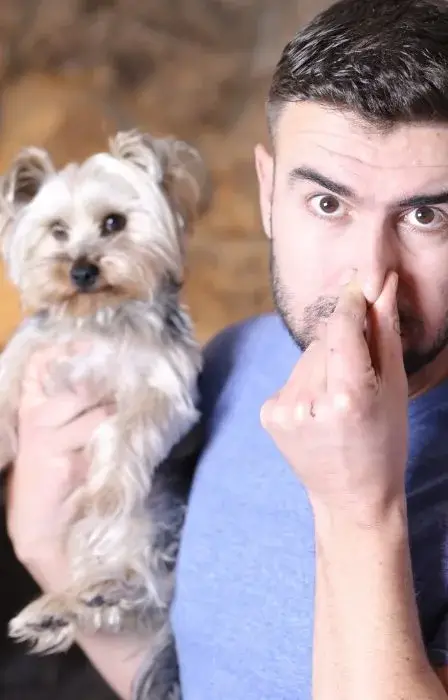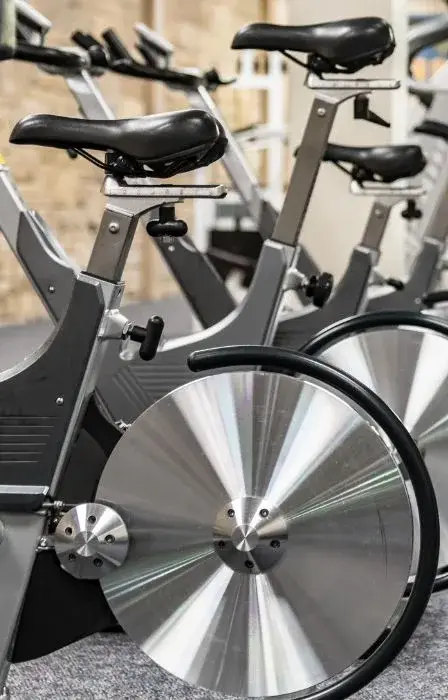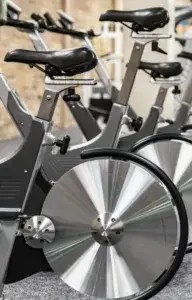This post may contain affiliate links. This means, if you make a purchase from a link on this page, I may receive a small commission at no extra cost to you. You can find our entire disclaimer here.
Tell someone else!
Managing your ADHD can sometimes feel like being stuck on a hamster wheel. How will you ever be able to accomplish anything? And if you do manage to get from point A to point B somehow, you realize you likely took about 400 extra detours along the way.
Some days, my head can feel foggy even when I’m implementing every therapy, exercise, and routine I can find. Even with medication, at my behest of remaining at the lowest effective dose, there are days it seems to not work whatsoever.
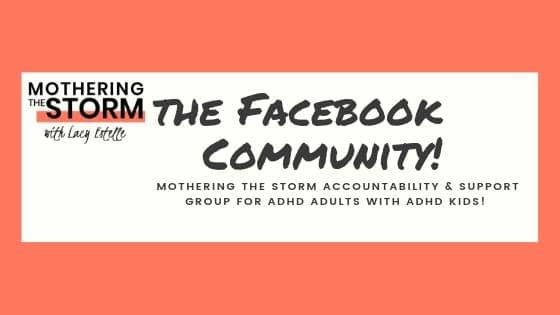
Click Here to Join the Mothering the Storm Facebook Group! An Encouragement Group For Parents who have ADHD and are also caring for an ADHD Child!
Because of this I’ve dug deep into finding other effective, albeit somewhat more difficult strategies for managing my ADHD as well as my children’s. Here are five approaches to managing ADHD symptoms that don’t generally require a doctor’s visit.
Coaching
Coaching is not a new concept, and I think it’s grown more in the last few years than it ever did before. But does it work, and if so, how quickly?
Recently, I had the privilege of creating a relationship with Coachbit through enrolling my oldest son who will soon be a freshman in high school.
Coachbit delivers a science-backed study skills and life coach program through personalized content and accountability with real coaches. The Coachbit solution is based on habit changing interventions that create lasting positive behaviors for pre-teens and teens. Coachbit helps families prepare their kids for life!
My 14 year old son was quickly matched with his coach through their onboarding process. Then he chose a designated time each day to “meet” with him. In just a short 15 minute interaction daily either through text, voice messages or videos, he’s able to implement small changes to his morning, midday and evening routines. The premise is that in the long run creating small habit changes like this will move him towards major behavior changes.
I was also given access to their Parent Dashboard that allows me to view his overall performance, accountability and to even communicate with his coach directly. Allowing me as a parent to aid his coach in helping him meet his goals.
I’m excited to see how well it goes for him. I’ll give an update after a few more weeks. But so far we’re both very excited to see how much further a personal coach can take him. You can set up an interview to get started with them and see if Coachbit is a good fit for your son or daughter.

Exercise
I know, I know– “Everyone says exercise helps ADHD brains, but it’s so difficult to stick with!” You’re right, it is. It’s difficult for anyone with ADHD to begin a new habit, or break old ones. BUT- if you can manage to just get your heart rate up 20 minutes per day, or even just 10 minutes, you can see a significant improvement in dopamine function.
Some studies have shown major promise toward the idea that three months of regular exercise increases function in parts of the brain that are lacking for an ADHD brain.
Recently, I spoke on my podcast about Five Small Habits I’ve been implementing to try to create a domino effect of behavior changes. One of those is exercise in very small increments.
In the past it’s always been overwhelming to think about exercising for 30 minutes, or even 20. But the idea of exercising for 5 or 10 seems so much less daunting, it’s almost impossible to try to tell myself “I don’t have 10 minutes.” Granted, some days I don’t have 10 minutes. Or at least not to spare.
But if I say I’m just going to Jump Rope for 5 minutes, or I’m going to go for a walk for 10 minutes- it seems easy. My hope is that this will turn into wanting to spend more time being active and less time focusing on how much time it requires.
Habit Stacking
Habit stacking can be one way of making very small but significant changes to your daily routines that can compound over time to create subconscious habits that help you manage your tasks, household and overall life.
For instance; my beautiful bonus daughter is 11 years old. She has this habit, unbeknownst to her, of always placing the remote control to the TV on the entertainment center. When I brought this to the attention of my husband, he wasn’t surprised. “Oh yeah, I used to always make her place it there when we lived in our old house.” I said “Really? How old was she when you started that?” He said “About 3 I think.”
When I asked my bonus daughter if she remembered being taught to do that, she had no memory of it. Yet, there was proof that somewhere deep in her subconscious that habit had been practiced so much that it became native to her to just do it.
Habit stacking is a way of pushing new habits into the subconscious. If there is a simple thing that you struggle to do daily, and let’s be real here- as ADHD people it could be something that seems insane to forget to others, but genuinely happens to us, such as brushing our teeth. Try something like making yourself brush your teeth either in the shower, or after you get out- everytime.
If your children struggle with these, I can’t recommend the accountability option enough through utilizing Coachbit to help your son or daughter practice habits like these.
But why does this work?
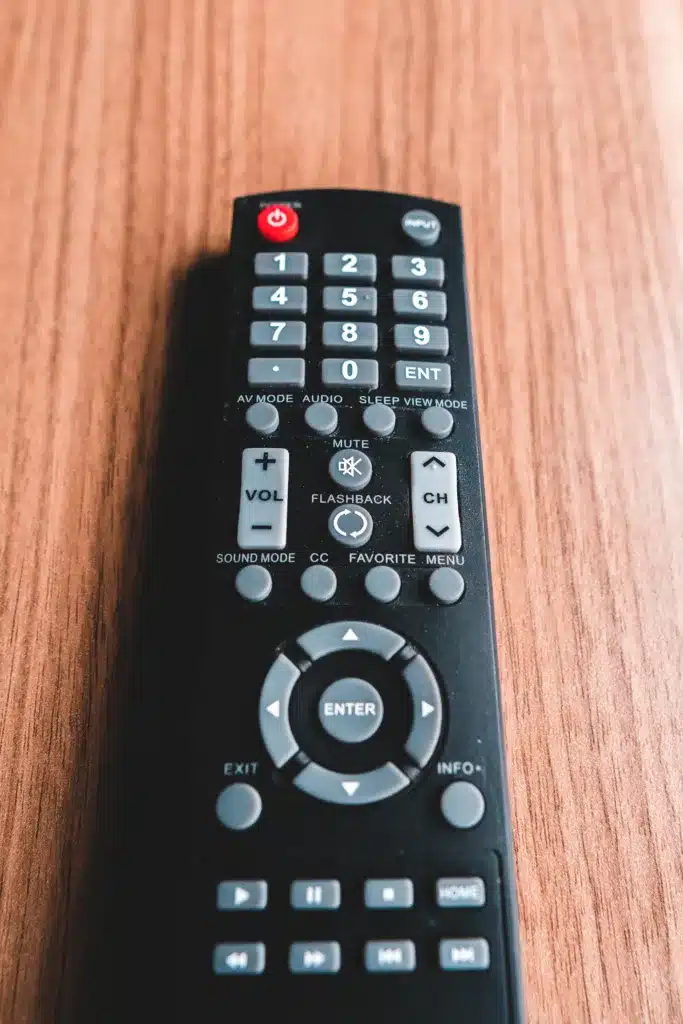
Because you’re already doing something that can natively flow into the new habit. Coupling brushing your teeth with showering makes brushing your teeth easier. You’re already in the bathroom, you’re already doing all the things you need to do to get clean. Brushing your teeth while doing them should be native anyways. Soon enough, you’ll find yourself feeling “weird” if you finish your shower or leave the bathroom after one, without having brushed your teeth.
In the words of my teen, “Trust Bro.”
Over time, stacking habits like this can turn into things like my bonus daughter’s remote control habit. Subconscious and yet helpful- because she has the habit of always putting it on the entertainment center, she rarely misplaces it.
Can you imagine if you created and stacked habits so well, that you were able to push things like closing cupboards, cleaning as you cook, or pre-selecting your outfit for the following day, to your subconscious and they no longer feel like work?
They no longer require such energy from your brain that you can move through them on autopilot and move onto making even more impactful habits long term subconscious things? Like saving money, taking a daily walk, or drinking 50 oz of water daily? Just imagine the possibilities.
If you like this post, you may also like:
| How I Naturally Combatted ADHD Symptoms in My Kitchen |
| Exercise for ADHD- Simple Ones You Can Do At Home |
| Taking a Vacation with your ADHD Family |
| ADHD and Shame: The Who, What and Why |
Lifestyle Changes
Now obviously, all the things listed previously are in some way lifestyle changes. But what about others?
Mindfulness and the practice of self reflection can be another lifestyle change with promise.
I’ve written a popular post about how I tried to naturally treat mine and my son’s ADHD symptoms with diet and lifestyle changes. While it didn’t fully eradicate our struggles, it did improve our overall well being.
Different changes work differently for everyone. While the practice of mindfulness for me sounds like an easy way for me to fall asleep- I’ve realized that I can still implement the idea of allowing myself to be still, hold a thought in my mind, or even repeating inspiring words to help focus my attention.
Chiropractic care, while only treating spinal subluxation, can help your body to receive better blood flow to your brain and every body system. Since the neurotransmitter’s you need to create all your feel good and optimal function chemicals are created and stored primarily in your spinal cord, cerebellum/brain stem, and your brain I’d estimate that keeping your spine aligned and in good health could have a major impact on the rest.
Try Combining One or More of these Alternatives to Create a Unique Approach to Symptom Relief

Obviously adding just one of these to your repertoire could have lasting effects but can you imagine how much your life could improve if you implemented more than one?
I work to implement many of these into my life daily, even while taking medication. Why? Primarily because I don’t want to be on medication forever, but I also strongly believe in functional and proactive approaches to health.
Preventative care is far easier than palliative care. By that I simply mean, if you can help yourself or your child work towards a more managed approach to their overall wellbeing, they can only benefit from it. Their overall quality of life could be improved for decades to come.
In the words of Warren Buffet: Someone is sitting in the shade today because someone planted a tree a long time ago.
Cognitive Behavioral Therapy and EMDR
Ah, therapy. The original “love/hate” relationship. While I tend to shrink back from the idea of laying my heart out to a stranger- the fact of the matter is that CBT, or Cognitive Behavioral Therapy has been shown to work well for decades. For anything from anxiety, ADHD and depression to BiPolar disorder, PTSD and even substance abuse. It can help you implement any of the other treatments from above, and hold you accountable to all of them.
EMDR, or Eye Movement Desensitization and Reprocessing is a relatively new type of therapy treatment, primarily used in the treatment of adults with PTSD. But it’s been showing great improvement in other comorbidities that are often seen with PTSD like anxiety.
Since trauma during childhood and adolescence is often seen with ADHD, considering doing a session of EMDR could be very promising. The approach is noninvasive and you can reprocess your trauma while barely having to retell it for the treatment to work- I think it’s totally worth a shot.
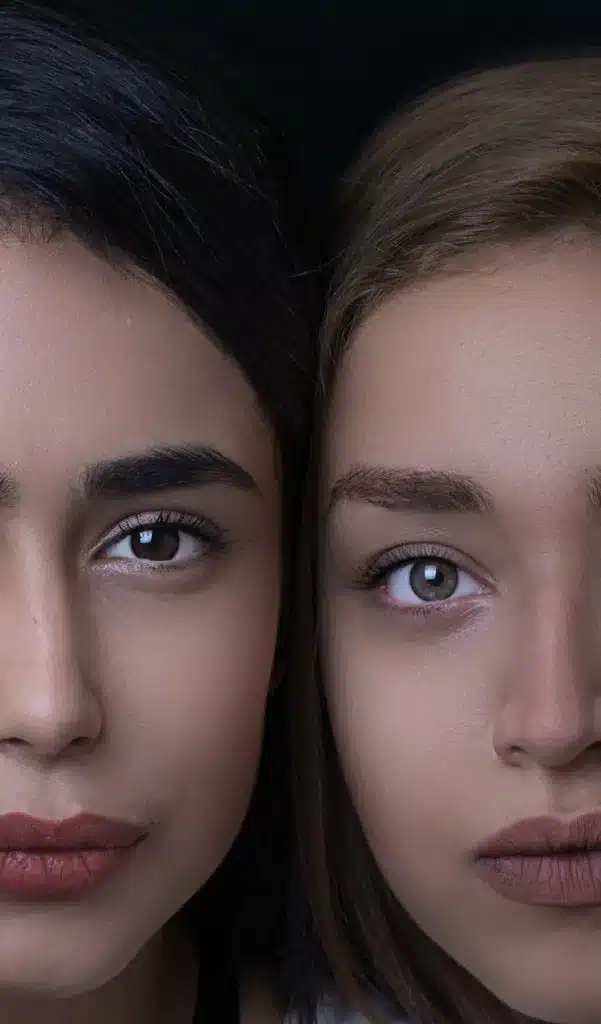
In fact, I’m so certain EMDR can help impact ADHD- I’m going to try it myself. I’ll publish more information once I’ve completed it.
Have you tried it? If so, I’d LOVE to hear how you felt it affected your ADHD.
These unique approaches to managing your ADHD Symptoms might seem like mountains in your eyes, especially if you are not in a position to try any other treatment options. But bear in mind, the simplest answer, or even the easiest doesn’t always turn out to be the best option for everyone.
Many ADHDers can’t take medication for their ADHD or choose not to, or can’t afford to see a neuropsychologist for treatment. All the same, as an ADHDer who is able to take medication- it doesn’t fix everything. Many of my symptoms are still present. I simply have a better handle on recognizing them, and can try to implement changes. Just because something doesn’t work for one person doesn’t mean it can’t work for you.
You can find ways and create ways to sustain your livelihood and thrive with ADHD. You just have to have grit and perseverance and the resources to take you there.
